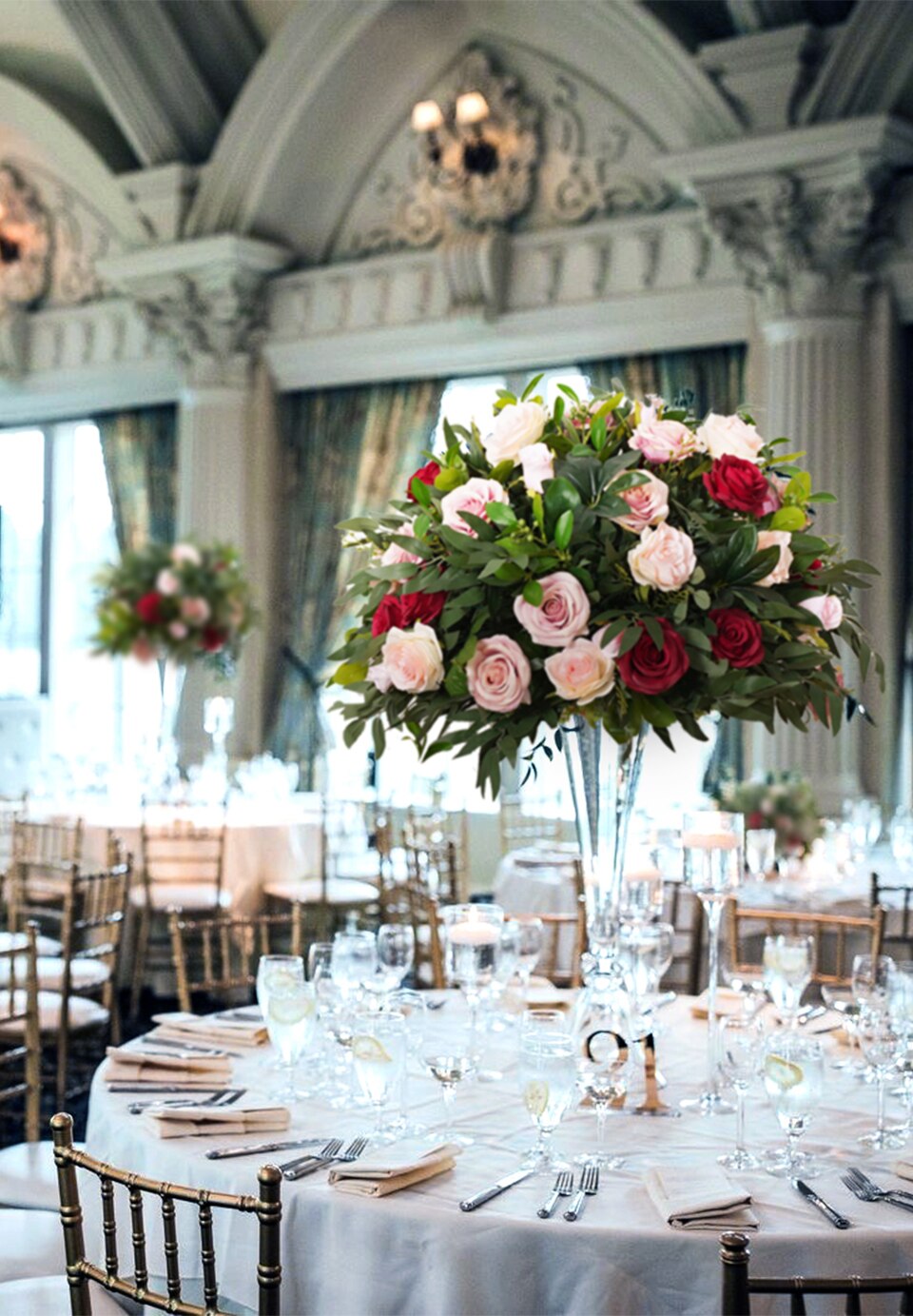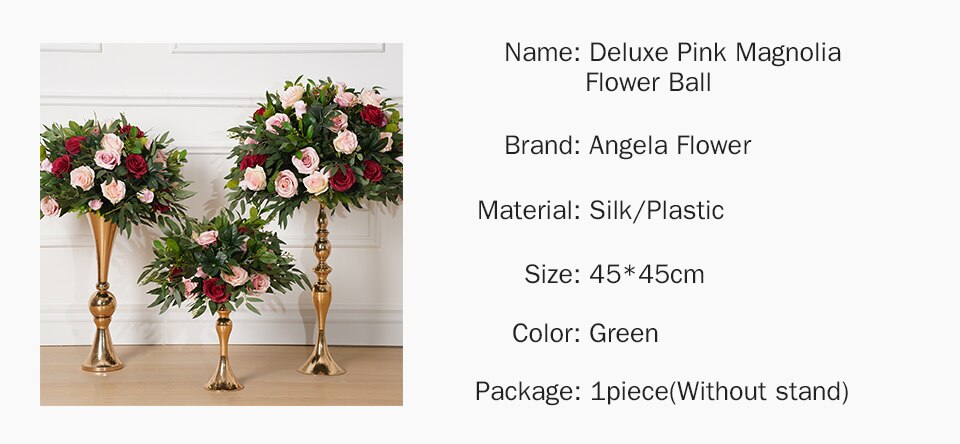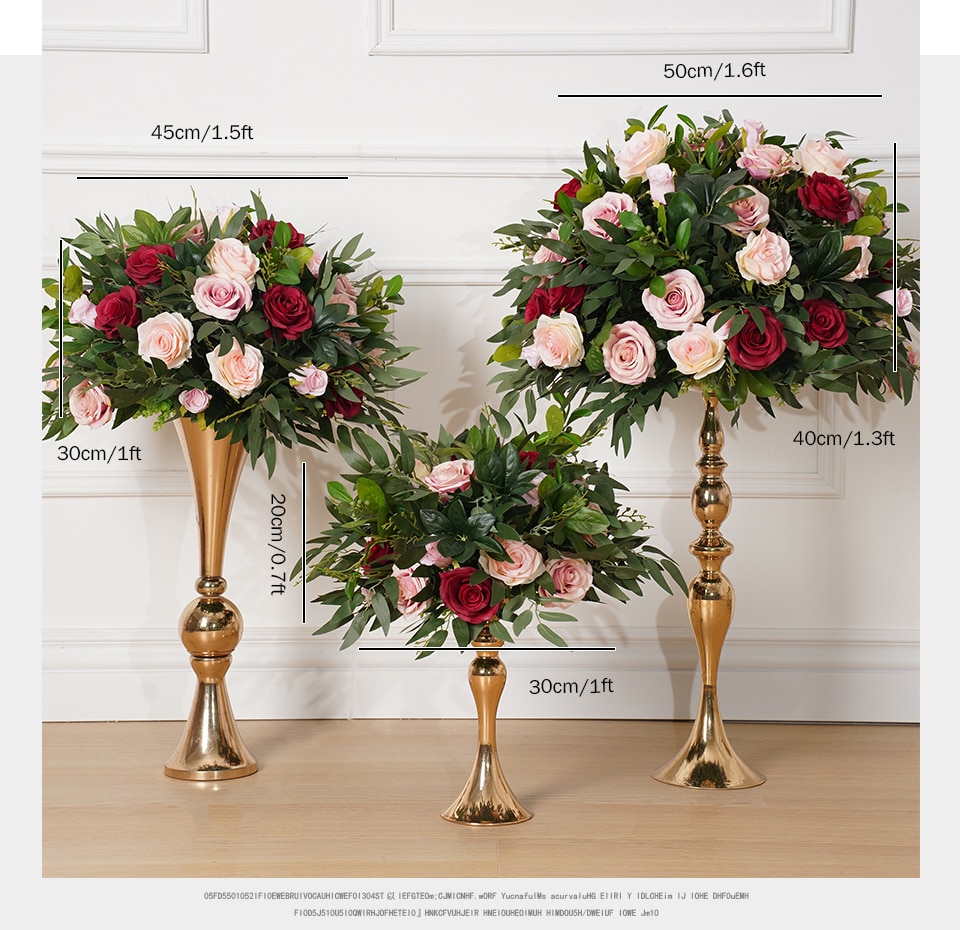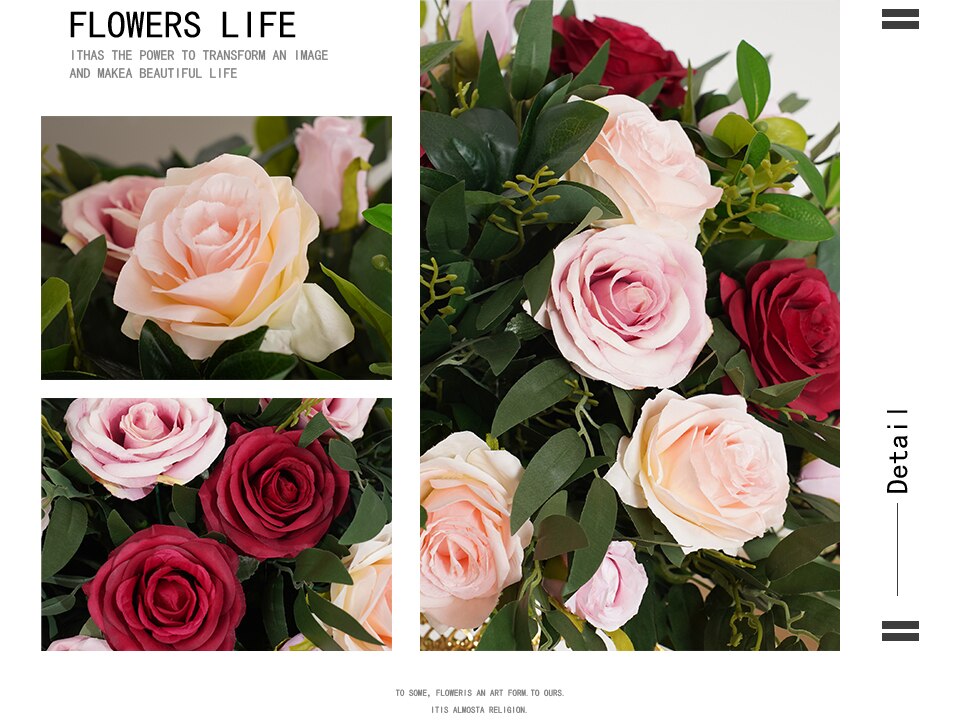What are the red dots on Korean bride?
The red dots on a Korean bride typically refer to the traditional wedding makeup known as "yonggam," which involves applying small red dots on the bride's face. These dots are believed to bring good luck and ward off evil spirits during the wedding ceremony. The red dots are usually placed on specific areas of the face, such as the forehead, cheeks, and chin, using a special red pigment. This practice has been a part of Korean wedding customs for centuries and is considered an important cultural tradition.
1、 Traditional Korean Wedding Attire: Hanbok and Accessories
The red dots on a Korean bride's attire are known as "dotjari" or "dotjari norigae." These are traditional accessories that are attached to the wedding hanbok, the traditional Korean wedding attire. Dotjari norigae are small, decorative ornaments that hang from the jeogori (the jacket) or the chima (the skirt) of the hanbok.
The dotjari norigae are typically made of silk or other luxurious fabrics and are adorned with intricate embroidery, beads, and tassels. They come in various shapes and sizes, but the most common shape is a small pouch or bag. Inside the pouch, the bride may place small items such as herbs, spices, or even a small mirror, which are believed to bring good luck and ward off evil spirits.
In traditional Korean culture, dotjari norigae symbolize the bride's wishes for a happy and prosperous marriage. They are also seen as a way to showcase the bride's skills in embroidery and craftsmanship. The red color of the dots is significant as it represents good fortune and happiness in Korean culture.
In recent years, there has been a resurgence of interest in traditional Korean weddings and attire. Many modern brides are incorporating dotjari norigae into their wedding hanbok as a way to honor their cultural heritage and add a touch of elegance to their attire. Additionally, some brides are opting for more contemporary designs and materials for their dotjari norigae, while still maintaining the traditional symbolism and significance.
Overall, the red dots on a Korean bride's attire, known as dotjari norigae, are a beautiful and meaningful addition to the traditional wedding hanbok, representing the bride's wishes for a happy and prosperous marriage.

2、 Makeup and Hairstyles for Korean Brides
The red dots on Korean brides, known as "yongshin," hold significant cultural and historical meaning. Yongshin is a traditional makeup technique that involves placing small red dots on the bride's face. These dots are typically applied on the cheeks, forehead, and chin.
The purpose of yongshin is to enhance the bride's beauty and bring good luck and fortune to her marriage. In Korean culture, red is considered a color of happiness, prosperity, and protection against evil spirits. By adorning the bride's face with these red dots, it is believed that she will have a blissful and successful marriage.
In addition to the cultural significance, yongshin also serves an aesthetic purpose. The red dots create a striking contrast against the bride's fair complexion, adding a touch of elegance and charm to her overall appearance. It is a traditional way of enhancing the bride's natural beauty and making her stand out on her special day.
However, it is important to note that modern Korean brides have started to embrace more diverse makeup and hairstyle trends. While yongshin remains a popular choice for many brides who wish to honor their cultural heritage, others opt for different styles that reflect their personal preferences and contemporary fashion trends. Some brides may choose to forgo the red dots altogether and instead focus on other aspects of their makeup and hairstyle, such as emphasizing their eyes or creating a flawless complexion.
Ultimately, the decision to include yongshin or any other makeup and hairstyle choice is up to the individual bride. It is a personal expression of her style, cultural identity, and vision for her wedding day.

3、 Symbolism of Red Dots on Korean Bride's Attire
The red dots on a Korean bride's attire hold significant symbolism and cultural meaning. These dots, known as "daenggi meori," are traditionally placed on the bride's wedding hanbok, a traditional Korean dress. The daenggi meori are small red dots that are embroidered or painted onto the bride's attire, usually on the sleeves, chest, and skirt.
The symbolism behind these red dots is rooted in Korean folklore and beliefs. In Korean culture, red is considered a color of good fortune, happiness, and protection against evil spirits. The red dots on the bride's attire are believed to bring luck and ward off any negative energy on her wedding day.
Furthermore, the red dots also represent the bride's purity and innocence. In Korean tradition, the color red is associated with purity and is believed to cleanse and purify the bride before she enters into her new married life. The dots symbolize the bride's untouched and untainted nature, emphasizing her role as a pure and virtuous woman.
In a modern context, the red dots on a Korean bride's attire still hold cultural significance, but their meaning may have evolved slightly. While the traditional symbolism remains intact, the red dots can also be seen as a way to honor and preserve Korean heritage and customs. They serve as a visual representation of the bride's connection to her cultural roots and her commitment to upholding traditional values.
Overall, the red dots on a Korean bride's attire carry deep symbolism and cultural significance. They represent good fortune, protection, purity, and a connection to Korean traditions.

4、 Historical Significance of Red Dots in Korean Weddings
The red dots on a Korean bride, also known as "daenggi meori," hold historical significance in Korean weddings. These red dots are typically painted on the bride's forehead and cheeks using a red pigment called "danjeon." The tradition of applying red dots dates back to ancient times and is believed to bring good luck and ward off evil spirits.
In Korean culture, red is considered a color of vitality, energy, and protection. The red dots symbolize the bride's wish for a prosperous and happy marriage. They are also believed to enhance the bride's beauty and bring good fortune to her new life.
The red dots have been a part of Korean wedding customs for centuries, reflecting the deep-rooted traditions and beliefs of the Korean people. However, it is important to note that the significance of these red dots may vary among individuals and regions in modern times.
In recent years, there has been a shift in Korean wedding customs, with many couples opting for more modern and Westernized ceremonies. As a result, the practice of applying red dots on the bride's face may not be as prevalent as it once was. However, some couples still choose to incorporate this tradition into their wedding ceremonies as a way to honor their cultural heritage and pay homage to their ancestors.
Overall, the red dots on a Korean bride hold historical significance as a symbol of good luck, protection, and marital bliss. While the practice may have evolved over time, it continues to be a cherished tradition in Korean weddings, representing the rich cultural heritage of the Korean people.









































Leave your comment